Because we need something at the end of our legs!
Flippant yes! Why look after our feet? But then feet are important ends to the lower limb. They let us feel the ground, make walking smooth. Feet cushion every strike we make against the ground. They are a barometer for our health. My website consultingfootpain is packed with information and tips, clinical articles and health issues. I also introduce you to some of my friends who are happy to write for this site. This article is packed with links to other conditions. There’s always something new to write about when it comes to feet.
Basic Principles
Feet are more than just wheels/tyres driving the body forward. They are shock absorbers and they change into levers. Anything that affects those two principle functions is going to stop the body’s progress. As a podiatrist, I believe our work is vital to maintaining the Nation’s health. Foot health matters to all people, not just special groups like the elderly or young, but everyone. But surely every health profession, covering teeth to toes makes the same promise or uses a similar strapline? ‘Tooth pain,’ ‘back pain,’ ‘foot pain,’ is the worst type of pain. Of course, podiatrists are passionate about foot health. Why take up a career in health if you are not passionate? So do we need to look after our feet? If they hurt don’t just put it aside and take medication. Check out my pain series – locating foot pain.
Joints working together
 Forces impact the ground when standing and these forces increase as we pick up speed. Take running for example. We may need to move quickly and to do so the foot and ankle must work together smoothly. We need to cope with climbing or going downhill and this is where my series on ankles takes you through the mechanics. We need to change direction through a link between the leg and the foot through the ankle bone called the talus.
Forces impact the ground when standing and these forces increase as we pick up speed. Take running for example. We may need to move quickly and to do so the foot and ankle must work together smoothly. We need to cope with climbing or going downhill and this is where my series on ankles takes you through the mechanics. We need to change direction through a link between the leg and the foot through the ankle bone called the talus.
Look at those caricatures of pirates with one leg. Not a pretty walk. That is because the knee doesn’t bend and rotate or have a foot to smooth out the twists. Arthritis in the hip, knee or ankle let alone foot makes patients walk more like the pirate gait. Joint problems are caused by poor shock absorption. Where joint surfaces are damaged through wear and tear or sometimes through disease we can replace some joints or fix others so they become stiff. It is better to deal with the problem before surgery is required.
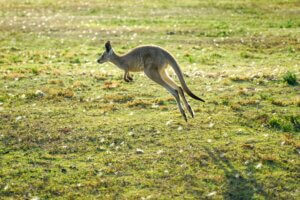
https://unsplash.com/@innocentrip?
Softer tissues
Muscles, tendons, fat, skin – all called tissues, bear the brunt of any excessive strain. If we contrast a well known bouncy animal, the kangaroo, this makes a great example. This marsupial creates a significant bounce when hitting the ground and avoids harmful reacting forces when crashing down with some 90kg weight. Tendons have inbuilt elastic properties. These tissues can harness forces so that energy is not wasted and can be used in the next leap. In the human, the foot collapses and then becomes firm again at different times during the 3/4 second that it is in contact with the ground. Humans do not leap, except in extreme sports, but joints work together with tendons to absorb and harness energy to be used again. Strain in muscle and tendons can lead to pain in the leg, ankle and foot. Then the arch has a band that works to cushion forces. Strains in the arch are often associated with fasciitis.
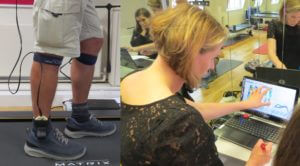
Consultant Suzy Speirs assessing walking pressures on author David
Muscles & tendons
Muscle imbalance causes tendon strain. This is bad news for pain-free walking and podiatrists can certainly help to smooth out these problems under our musculoskeletal specialists. As the body moves forward, leverage occurs by changing the foot into a rigid platform which makes it stable for our 50-100+kg bodies to function. Feet should not hurt while standing still or moving about, but they do suffer injuries. Ignore those injuries at your peril for they will appear many years later which might surprise you!
Skin, cracks and infections
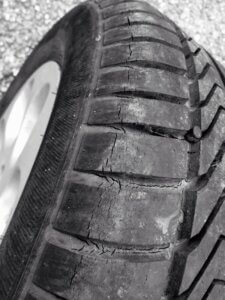
https://www.dreamstime.com
Don’t you just hate having to pay out for new tyres on the car? The treads have worn or you have a crack in the wall. The skin is thickest under the foot. It is the soul of contact (pun intended). If the skin weakens, breaks down, this becomes a big deal. Unlike tyres, there is no ‘Kwick-fix’. Skin acts as a protector and can fight off infections and resist some injuries. When it is no longer intact then problems arise and this is where failure to look after our feet can put our whole leg in peril. Pain, ulcers… not nice; but what of their impact? The body no longer wants to move as it did. Once our mobility is reduced podiatrists become concerned about the root cause. Your foot health is letting you down and we need to find the source of the pain. Is it an infection, skin quality problem, fixed deformity, or those muscles and tendons that are not working? Maybe you have an old injury that has come back to haunt you? Corns and callus are not just any old issue that needs scraping away but a problem waiting to develop deeper down in the skin layers. This is what happens to skin under extreme pressure. In diabetics and those without normal sensations due to damaged nerves, ulcers result when healing is no longer what it would be. Again medical diseases come into play and this is where podiatry can help. Podiatry does not deal with pedicure but the medical and mechanical background of the problems associated with deteriorating foot health.
Blood supply
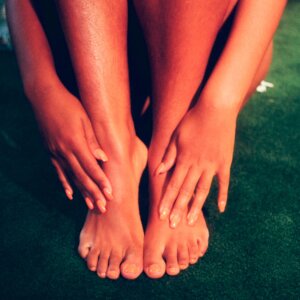
billie-5OXE3KjDEfI-unsplash
We all know that blood is important as it carries oxygen and nutrient foods to keep tissue healthy. If the vessels carrying blood narrow or block, then feet and toes change colour, become painful and are easily damaged. Calf pain is akin to angina affecting the heart and is a sign of poor circulation. Chilblains are not down to poor blood supply but poor temperature regulation. Sweating can cause skin problems and circulation can be responsible. When all is said and done, the skin suffers the most.
Deformity
Feet come in all shapes, but they also can adopt a vast array of deformities and dislocations of the toes. Hammertoes, bunions, stiff toes, flat feet all add to problems. Then the biggest concern most readers search out are the bumps affecting feet and making shoes a problem to fit. Protection and self-help treatment is ideal in many cases. Taking care of blisters before they worsen is important. Surgery is always a last resort when shoes cannot be changed or adapted to help the sufferer.
Podiatry is the go-to profession
 Podiatrists have now established a greater focus on sports providing a wider service. Podiatric medicine is underpinned by medical and surgical training. Some 95% of foot problems can be helped or supported. Many conditions can be cured with timely intervention. Lost days from work, impact on social and family life, side effects from medication, weight gain, are all matters podiatrists have concern for working with patient’s GPs and other health professionals.
Podiatrists have now established a greater focus on sports providing a wider service. Podiatric medicine is underpinned by medical and surgical training. Some 95% of foot problems can be helped or supported. Many conditions can be cured with timely intervention. Lost days from work, impact on social and family life, side effects from medication, weight gain, are all matters podiatrists have concern for working with patient’s GPs and other health professionals.
Podiatrists aim to
Protect skin and tissues
Assist deformity
Manage pain
Our overall aim is TO KEEP YOU MOBILE.
The Royal College of Podiatry (2019) said, ‘We want more people to understand the importance of foot health as part of their overall health, and for people to visit a podiatrist when they need to – and to know when they need to!’
Consult a podiatrist
If in doubt about your foot health consult a podiatrist early. The profession changed its name from chiropody to podiatry in 1990. The specialty has developed as a powerful force offering wider scope and expertise over the last 40 years in both the NHS and Independent sector. Podiatry has many sub-specialities from sports podiatrists to podiatric surgeons. There is no designated age group focus but patients with medical problems remain important as we strive to save lives and limb amputation.
All podiatrists have to be registered to use the name podiatry through the Health Care Professions Council (HCPC) that can be checked.
Thanks for reading ‘Why look after our feet?’ written by David R Tollafield
Published by Busypencilcase Communications Est. 2015
19 July 2021


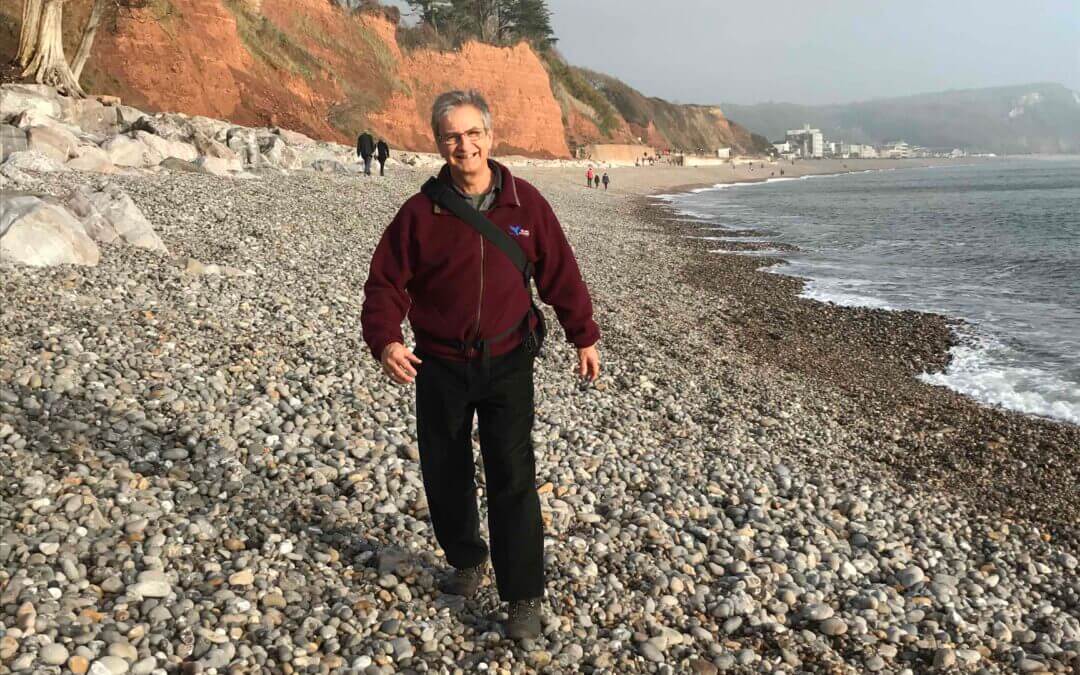

Recent Comments